How to Use Technology Without Letting It Use You
Guest post by someone who knows what it’s like to stare into the glow of a screen and wonder where the last five hours went.
It always starts the same.
You unlock your phone to check the weather. Just the weather. But somehow, 45 minutes later, you’re knee-deep in a Reddit thread about ancient Egyptian bread recipes. And no, you’re not a baker. Or an Egyptologist.
Sound familiar?
We live in an era of constant connection. Notifications buzz, updates flow like caffeine, and the screen—oh, the screen—demands our attention with a hunger only rivaled by toddlers and overly affectionate cats. But here’s the thing: tech isn’t the enemy.
It’s the dance partner we’ve never really learned how to lead.
When Convenience Turns to Chaos
Technology was supposed to make life easier. And in many ways, it has.
Need groceries? There’s an app for that. Lost in a new city? Google Maps is your best friend. Want to talk to someone halfway across the world? FaceTime feels like a sci-fi miracle. But somewhere along the line, ease morphed into overload.
We now juggle calendars on five devices, reply to work emails at midnight, and feel twitchy if we leave the house without our phones—even if we’re just taking out the trash.
We’re not just using technology anymore.
We’re living inside it.
That constant immersion? It’s not sustainable. Or healthy.
And honestly, it’s exhausting.
The Myth of Multitasking
Raise your hand if you’ve ever watched Netflix while checking Instagram, replying to a friend on WhatsApp, and Googling “how to focus better.”
Yeah. Same.
But science has been clear: multitasking isn’t real. What we’re actually doing is task-switching, and every switch comes at a cognitive cost. It’s like trying to have five conversations at once—you’ll get snippets, but never depth.
And we’re paying for it with our attention spans, memory, creativity, and peace of mind.
Here’s the real kicker: most of us don’t even realize it’s happening. Because distraction has become the default.
But it doesn’t have to be.
Tips to Use Tech—Without Being Used by It
Let’s talk solutions.
This isn’t about abandoning your phone to live in a forest cabin (unless you’re into that, in which case, please send an invite). It’s about intentionality. About making tech work for you again.
Here are a few practical, human-tested tips to help you take back control:
1. Start with Screen Boundaries
Set screen limits—not just for kids, but for yourself. Use built-in tools like Screen Time (iOS) or Digital Wellbeing (Android) to track usage. You might be shocked by the numbers. I was.
Choose a cutoff time each night. For me, it’s 9:30 PM. After that, my phone goes on Do Not Disturb, and I pretend it’s 2003.
2. Turn Off Non-Essential Notifications
Most apps don’t need to notify you. Do you really need a buzz every time someone likes your old vacation photo?
Silence the noise. You’ll be amazed at how peaceful your day becomes.
3. Use the Right Tools for the Right Tasks
Avoid the trap of using one device for everything. Laptop for work. Phone for communication. Tablet for reading. This creates natural boundaries between roles.
Multifunction = multitasking = mental fatigue.
4. Build Tech-Free Zones
Your bed? Sacred. The dinner table? Off-limits. Tech-free spaces help your brain associate certain places with rest, not stimulation.
And yes, the bathroom counts too.
5. Practice Mindful Scrolling
Next time you open Instagram or TikTok, pause. Ask yourself: Why am I opening this? If there’s no real reason, close it. Simple. Effective.
That one question changed how I interact with my phone.
Real-Life Examples: The Good, the Bad, and the Enlightening
Let me introduce you to Ana.
Ana’s a graphic designer in Lisbon. Bright, funny, and wildly creative—until she wasn’t. Last year, she found herself constantly burned out. No inspiration, constant fatigue. The culprit? Her phone. She averaged 8+ hours of screen time a day. Most of it mindless.
One day, she left her phone at home by accident. It was the best day she’d had in months. That accident sparked a shift.
She now lives by a rule: no phone until after breakfast and no screens an hour before bed. She journals. Takes morning walks. Her creativity? Reborn.
Then there’s Marco. He’s a project manager in Berlin. His trick? The “tech Sabbath.” Every Sunday, he powers down. No phone. No laptop. Just books, food, and human connection.
The result? He sleeps better. Thinks clearer. Feels more grounded.
These aren’t tech-hating hermits. They’re regular people who realized something had to give—and did something about it.
And me? I once deleted all my social media apps for a month. It felt like pulling teeth at first. But eventually, the silence grew sweet. I listened to full albums again. I remembered birthdays without Facebook. I even called my grandma more.
Finding Flow in a Fractured World
When we reduce distractions, we rediscover flow—that beautiful, immersive state where time vanishes, and we feel utterly present.
Whether it’s writing, coding, painting, or cooking, flow requires attention. Not split attention. Full attention.
And that’s nearly impossible when your phone is pinging every five seconds.
So put it away for a while. Let yourself fall into something real.
You’ll be surprised how much more alive you feel.
Do You Really Need to Be Available 24/7?
Let’s be honest: most of us aren’t heart surgeons.
The world won’t end if we don’t reply instantly.
In fact, being constantly available trains people to expect you always will be. That’s not sustainable. It’s not even kind. To you, or them.
Set boundaries. Communicate them. Hold them.
People will adjust.
And if they don’t? They probably weren’t respecting you in the first place.
The Bottom Line
Technology is a tool. A beautiful, powerful, game-changing tool. But like any tool, it can be misused.
It can build connection—or fracture it. Inspire creativity—or sap it. Save time—or devour it whole.
The key? Awareness. Intentionality. Boundaries.
And a whole lot of grace when you mess up.
Because you will. We all do.
So next time you catch yourself six TikToks deep with dinner getting cold… don’t panic. Just close the app. Breathe. And remember: you’re in control.
You always have been.

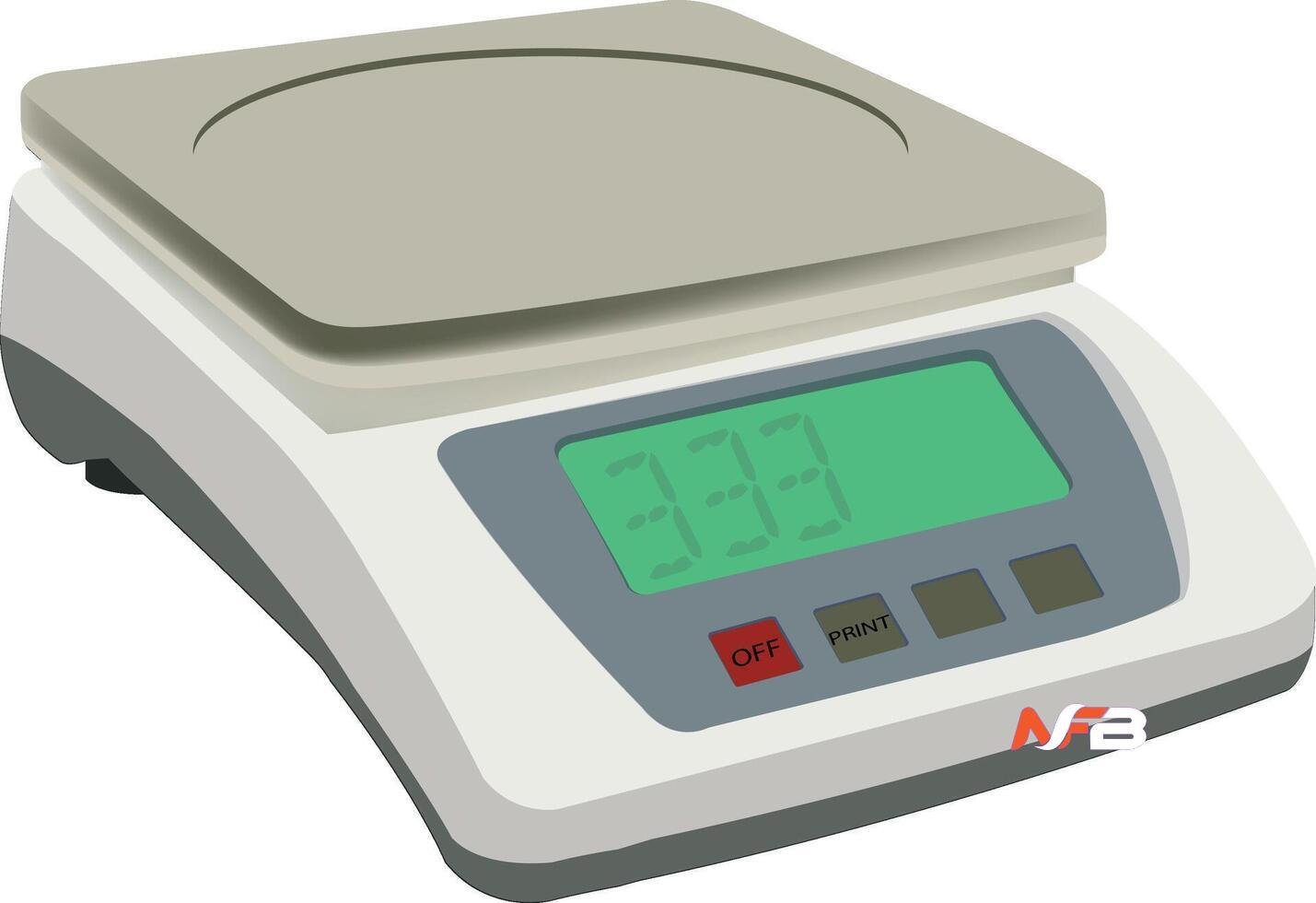








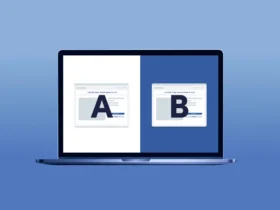
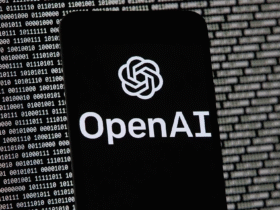
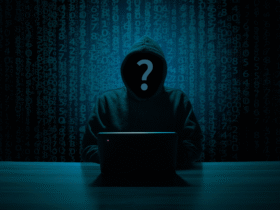
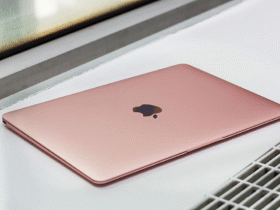
Leave a Reply